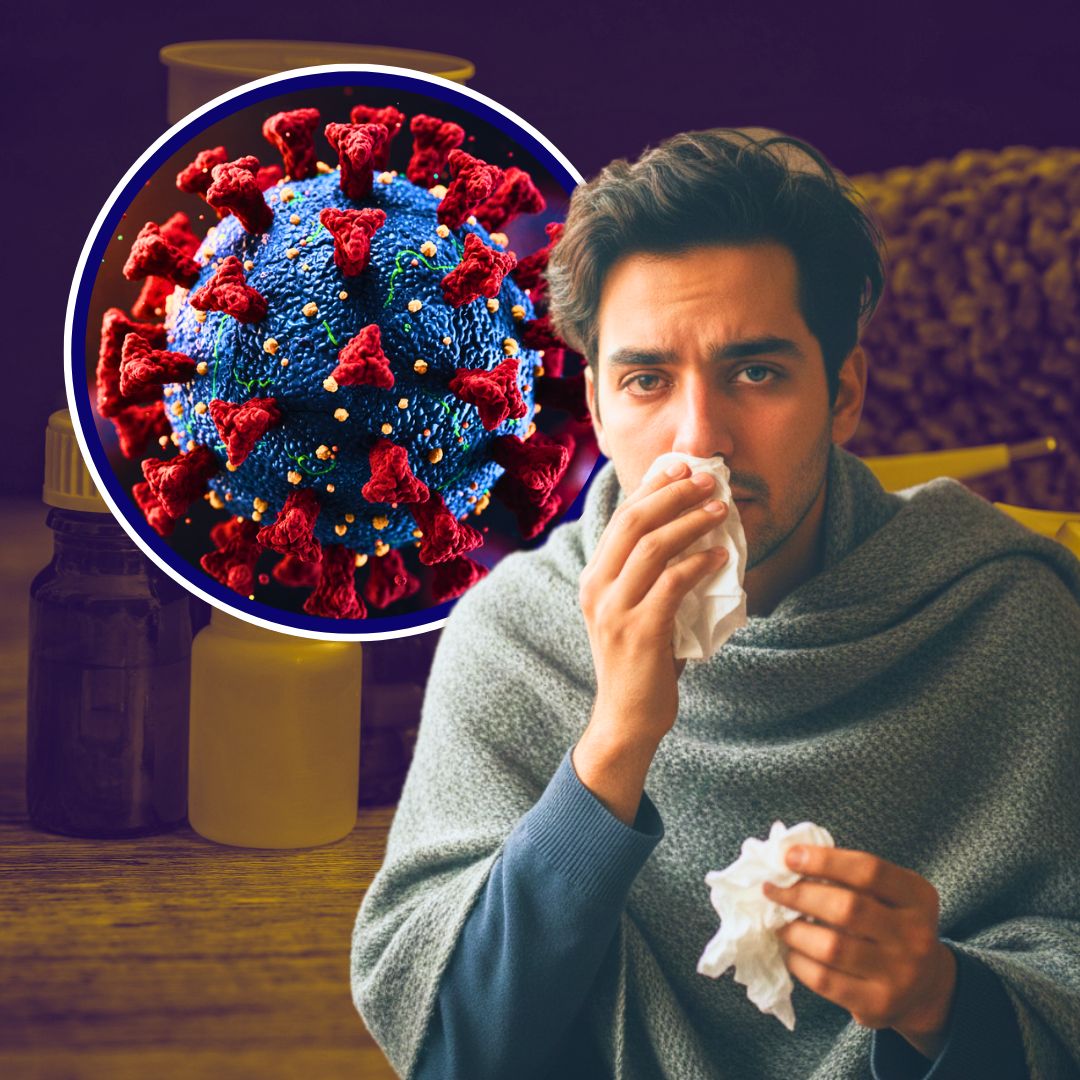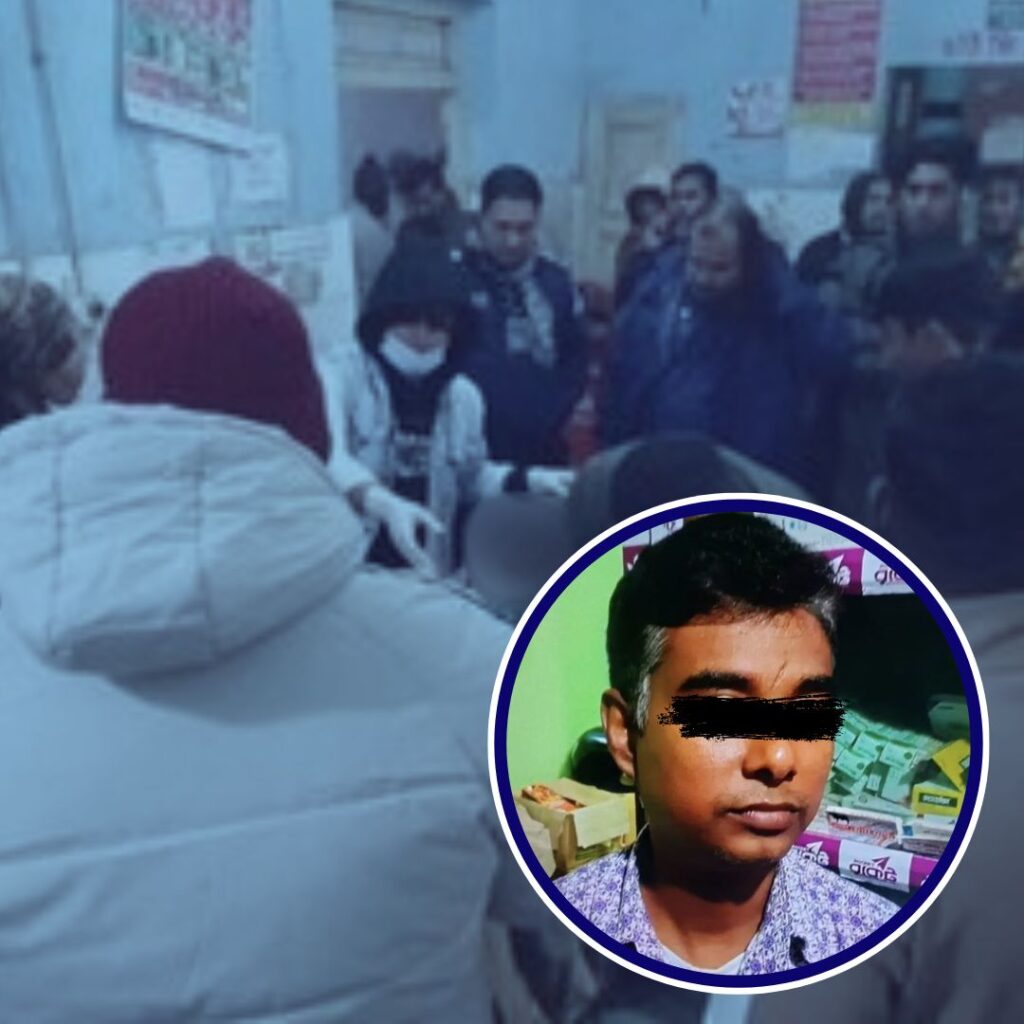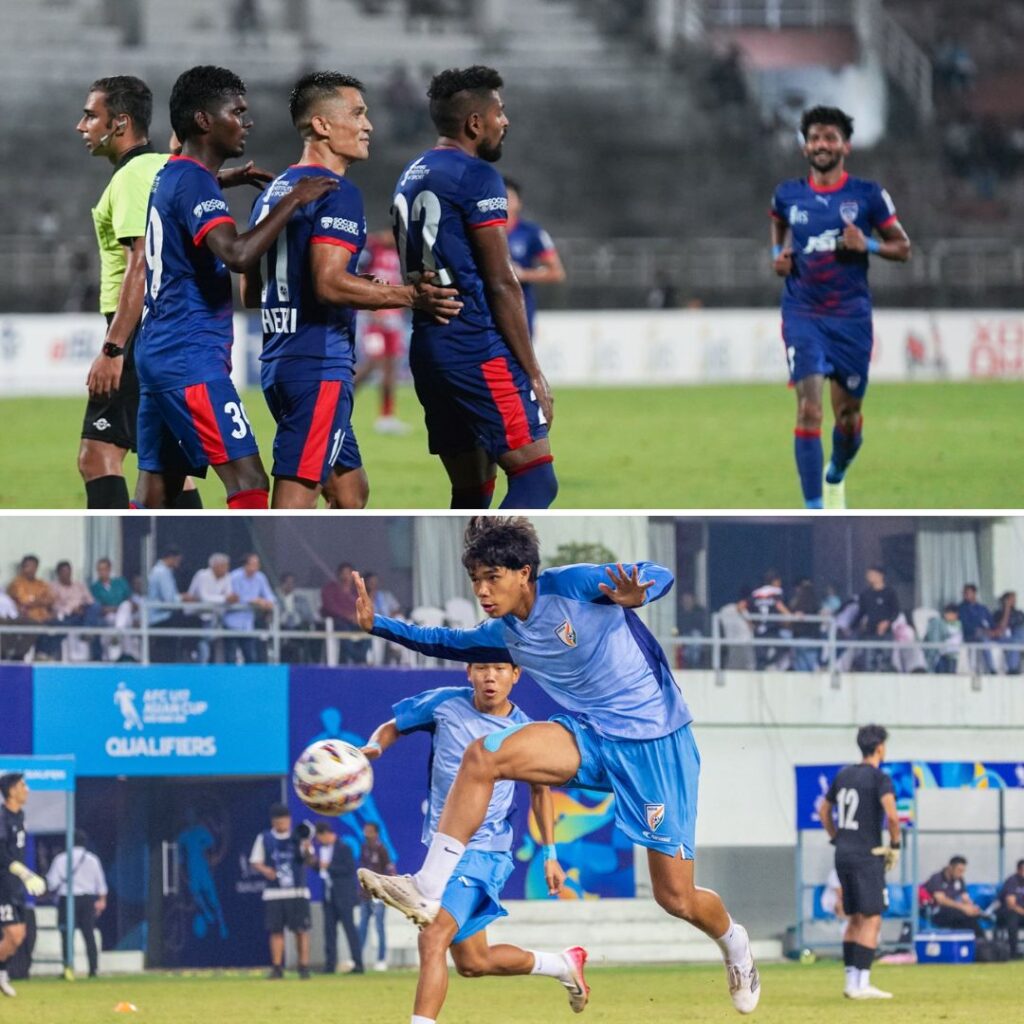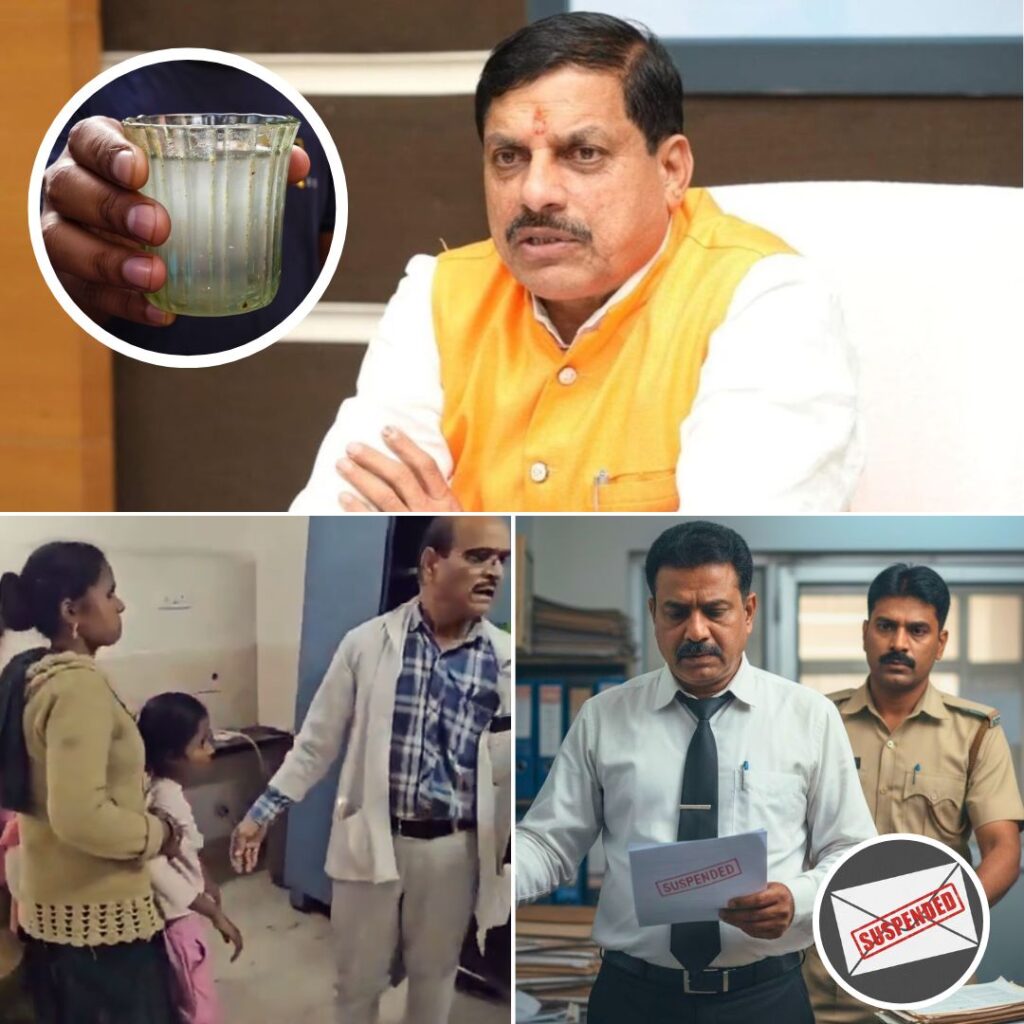India is witnessing a widespread surge in flu-like illnesses caused predominantly by the H3N2 strain of Influenza A, which initially affected the Delhi-NCR region before spreading nationwide. A recent LocalCircles survey reveals that around 70% of households in Delhi, Gurugram, Noida, Faridabad, and Ghaziabad report at least one individual with symptoms such as high fever, cough, sore throat, and fatigue.
Medical experts warn that this year’s H3N2 outbreak presents with more severe and persistent symptoms than typical seasonal flu, urging timely diagnosis, proper rest, and adherence to precautionary steps. Health authorities stress prevention through hygiene, mask use, and avoiding crowded spaces to curb further spread.
The Surge in Delhi-NCR and Beyond
The H3N2 flu wave has escalated sharply within the densely populated Delhi-NCR area, rapidly expanding to other parts of India. According to a survey conducted by LocalCircles of over 11,000 households, about 69 to 70% report at least one family member suffering from viral fever, flu, or Covid-like symptoms, primarily attributed to H3N2. Clinics and hospitals in the region report an influx of patients with high-grade fevers climbing up to 104°F, accompanied by persistent coughs and severe body aches.
Many patients experience symptoms lasting longer than the standard 5-7 days seen in seasonal influenza, often extending beyond 10 days, reducing the effectiveness of common medications like paracetamol. Vulnerable groups include children, elderly individuals, and those with chronic conditions such as diabetes, asthma, or heart diseases.
Healthcare professionals emphasize early testing and isolation to prevent infection clusters, especially given the virus’s rapid spread in crowded and poorly ventilated indoor environments.
Understanding H3N2 and its Impact
H3N2 is a subtype of the Influenza A virus characterised by specific surface proteins, hemagglutinin (H3) and neuraminidase (N2), which mutate frequently, making vaccination and immunity less predictable. This virus spreads primarily through respiratory droplets released during coughing, sneezing, or talking, but it can also survive on contaminated surfaces, increasing the risk of transmission via touch.
The infection typically begins with sudden high fever, chills, sore throat, headaches, muscle and body aches, fatigue, and sometimes gastrointestinal symptoms like nausea and diarrhea, especially in children. While most healthy adults recover within a week, the elderly and those with weakened immune systems face higher risks of developing complications such as pneumonia or bronchitis.
Experts note an increase in hospitalisations among high-risk groups this season, though the majority can recover at home with supportive care including rest, hydration, and symptom management.
Preventive Measures and Official Advice
In response to the H3N2 outbreak, health authorities across India have issued advisories recommending preventive measures to limit spread and protect vulnerable populations. These include wearing masks in crowded or enclosed spaces, frequent handwashing with soap and water, maintaining physical distancing, and ensuring good ventilation indoors.
Medical experts recommend against self-medication and stress the importance of consulting healthcare providers if symptoms worsen or persist beyond usual durations. Some doctors may prescribe antiviral drugs like oseltamivir in early stages to reduce severity. Authorities also urge people to get the seasonal flu vaccine where available, as it offers some protection against circulating flu strains.
Public awareness campaigns encourage swift testing and isolation of symptomatic individuals to avoid overwhelming healthcare systems.
Expert Advice
Medical experts strongly advise annual vaccination as the primary defence. Dr. Rajesh Kumar Gupta of Yashoda Institute highlights that the 2025-26 quadrivalent flu vaccine includes H3N2 and is recommended for everyone over six months, with special emphasis on the elderly and chronically ill. Dr. Rajesh Bendre from Apollo Diagnostics stresses the importance of timely testing through nasal or throat swabs, especially for those with high fever, to enable early treatment and reduce spread.
For those diagnosed, doctors recommend at least 10 days of rest, hydration, and fever management medication. Children require vigilant monitoring to avoid pneumonia, says Dr. Nishant Bansal, pediatrician at Motherhood Hospitals.
Avoiding self-medication and seeking professional advice is crucial. Dr. Nikhil Modi from Indraprastha Apollo Hospitals notes the virus causes prolonged symptoms compared to standard flu, urging high-risk groups to be particularly cautious. Simple measures like mask-wearing, hand hygiene, ventilation, and physical distancing remain essential.
The Logical Indian’s Perspective
The expanding H3N2 flu outbreak serves as a reminder of the interconnectedness of public health and community responsibility. The Logical Indian believes that fostering empathy, cooperation, and accurate information-sharing is crucial during such times of health uncertainty.
Instead of succumbing to panic or misinformation, adopting a compassionate approach towards those suffering and ensuring the protection of vulnerable members form the pillars of an effective societal response.
Encouraging preventive habits, timely medical consultation, and vigilance without fear can help communities weather health challenges more resiliently.












